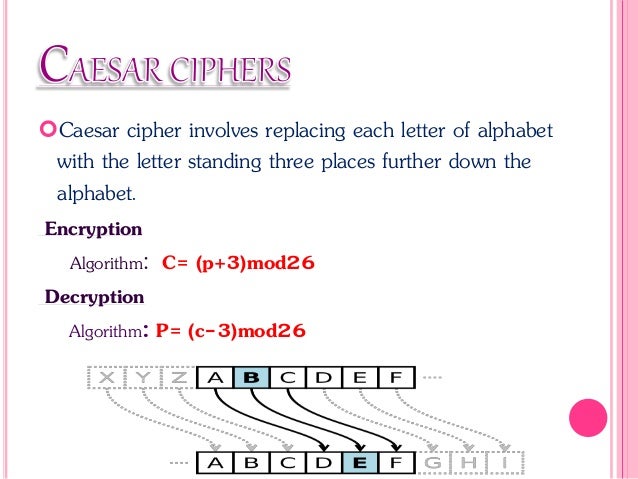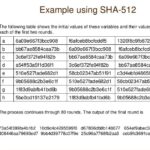In an era overwhelmed by instant communication, where heartfelt sentiments can be rapidly dispatched with a mere tap of a finger, the art of romantic expression has taken on myriad forms. Yet, when one delves into the realm of cryptography, a fascinating notion emerges: can love truly be articulated through the intricate dances of ciphers? This exploration into romantic cryptography unveils a captivating intersection between affection and enigma.
At its core, romance thrives on the notion of intimacy. It is a world where secret whispers and stolen glances weave tales of longing and devotion. Cryptography, with its elaborate structures of letters and symbols, becomes a powerful allegory for this secrecy. Ciphers have often been employed to obscure meaning, a parallel to the hidden depths of our emotions. Many lovers have longed for an exclusive language—one that whispers sweet nothings away from prying eyes and mundane interpretations.
To embark on this journey, we must first understand the vast panorama of ciphers available, each capable of embellishing expressions of love with layers of complexity. The simplicity of a Caesar cipher represents the foundational level—shifting each letter a fixed number of places in the alphabet. Imagine bestowing a beloved with a coded message that transforms “I love you” into “L oryh brx.” Such a gesture is not merely a cryptic riddle; it embodies the time and effort invested to convey feelings unencumbered by the noise of the outside world.
Expanding upon this, we encounter substitution ciphers, which substitute letters with symbols or other letters. This method leads to a multifaceted dialogue, where words morph into allegorical representations of sentiment. When a screen illuminated by moonlight becomes a canvas for an encrypted proclamation, the recipient must engage with the text through a lens of curiosity and trepidation. Such layers build anticipation, akin to savoring a decadent piece of chocolate that reveals distinct flavors with each bite.
However, it is imperative to acknowledge the emotional significance behind employing ciphers in romantic communications. The time spent crafting a personalized message, employing the intricate mechanics of encryption, reflects a profound commitment. Each carefully placed character embodies the essence of thoughtfulness, a testament to the desire to engage meaningfully with a partner. The cryptographer becomes a bard of love, rendering their emotions into a riddle that the reader must unravel, an intellectual foreplay that ignites both the mind and heart.
Consider also the allure of the Vigenère cipher, which utilizes a keyword to dictate shifts in letters, crafting an experience rich in symbolism. When one’s chosen keyword is a significant date or a shared memory, each message transforms into a tapestry woven with the threads of a shared history. Here, love letters burgeon into an artistic declaration of devotion—a cipher that is as much an expression of identity as it is of affection.
Yet, as in the creation of a grand sonnet, complexities can abound. The recipient of a cryptic love note may find themselves navigating a labyrinthine maze of letters, symbols, and numbers. Depending on their familiarity with cryptography, the message may enchant or frustrate. Thus, romantic cryptography necessitates a delicate balance between obscurity and accessibility—a dance between revealing and concealing emotions that can either kindle a spark or extinguish a flame. Clarity becomes paramount. Ignoring the potential for misinterpretation can lead to dissonance in romantic exchanges.
This is where the metaphor of a key emerges; in literary traditions and ciphering practices, keys unlock doors to concealed realms. In a romantic context, keys can represent trust, vulnerability, and the profound connection that allows partners to explore deeper layers of intimacy. Sharing the key to a cipher can transform a mere puzzle into an invitation—a chance to engage collaboratively in an intricate game of love.
In an age where technology often distances emotional connectivity, employing cryptography may serve as a bridge back to more profound engagement. From digital encryption in messages to handwritten love notes inscribed with ciphers, the tactile experience of decrypting a message presents an opportunity to cultivate a shared space rich with history and meaning. It’s akin to unearthing a buried treasure, one that can invoke nostalgia, longing, and elation.
Ultimately, romantic cryptography is less about the technicalities of ciphering and more about the sentiments that lie beneath the surface. The act of transcending verbal expression speaks volumes—the intricacies of love are complex and multifaceted, just as the ciphers that symbolize them. Thus, encoding love in ciphers becomes an act of artistry, a way to appreciate what remains unsaid and embrace the beautiful enigma of romance.
In conclusion, can you express love with ciphers? The answer unfolds like the layers of a sophisticated cryptographic design: undoubtedly, yes. Each code crafted and deciphered bears witness to the intrepid exploration of love. In a society yearning for personal connections amidst digital noise, the unique appeal offered by romantic cryptography beckons us to delve into both the mysteries of our feelings and the intricate languages that can articulate them. As lovers transform their hearts into ciphers, they not only engage one another in a passionate dance of decoding but also celebrate the delicate art of love itself—beautiful, intricate, and forever enigmatic.








Leave a Comment